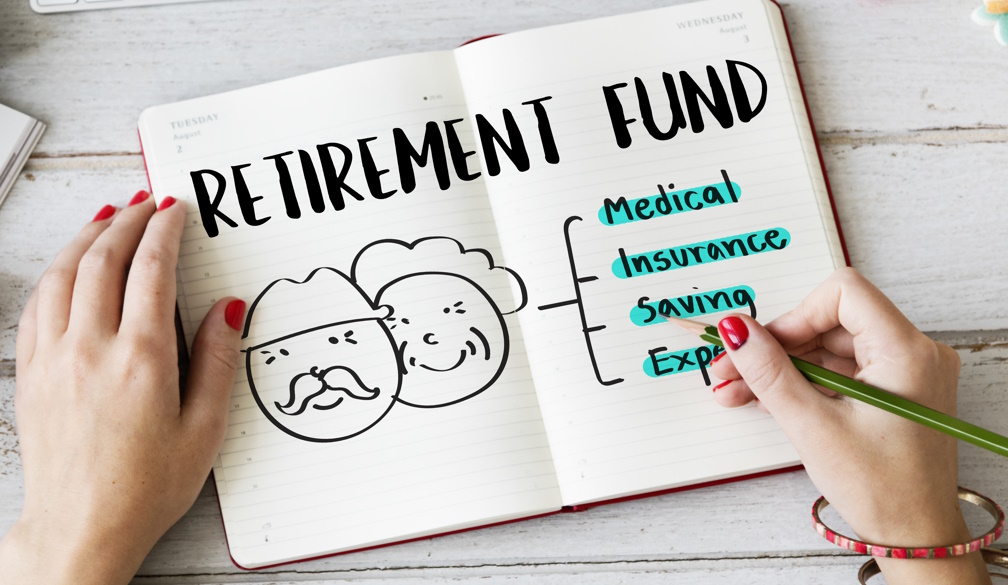5 Skills That Can Be Profitable
- Written by Metropolitan Digital

Possessing a diverse skill set is more valuable than ever. The ability to leverage unique talents can significantly enhance your earning potential and open doors to new opportunities.
Here are five skills that can be profitable.
1. Foreign Language
In an increasingly globalized world, proficiency in a foreign language can be a significant asset. It allows you to communicate effectively with international clients, partners, and colleagues, thereby broadening your professional network. As businesses expand their operations globally, the demand for multilingual professionals continues to grow. Being able to converse in a second language can make you an invaluable asset to companies looking to expand into new markets or strengthen their existing international relations. Moreover, language skills can lead to numerous career opportunities, including roles in translation, interpretation, and language instruction. These positions often come with competitive salaries, as well as the chance to work in diverse environments.
2. Sales
Sales skills are crucial in nearly every industry, as they directly impact a company's bottom line. Mastering the art of selling involves understanding customer needs, building relationships, and effectively communicating the value of a product or service. These skills are not only applicable to traditional sales roles but are also valuable in fields such as marketing, business development, and customer service. A successful sales professional can command impressive salaries, often supplemented by commissions and bonuses. This performance-based compensation structure provides a direct link between your achievements and financial rewards, offering a powerful incentive to excel in your role. Furthermore, sales skills are highly transferable, allowing you to pivot between industries with relative ease.
3. Finance
Financial skills are fundamental in managing both personal and professional finances, making them highly sought after in various industries. A strong understanding of financial principles can lead to lucrative opportunities in fields such as accounting, investment banking, and financial planning. Additionally, finance skills are applicable to trading and roles within instant prop firms, if that’s something that interests you. The ability to analyze financial data and make informed decisions is critical for any business, as it directly affects profitability and growth. Professionals who possess these skills are often in high demand, as they play a vital role in strategic planning and resource allocation.
4. Copywriting
Copywriting is an art that combines creativity with strategy, making it a highly lucrative skill in today's content-driven world. As businesses strive to engage and convert their audiences, the demand for skilled copywriters continues to rise. This skill involves crafting persuasive and compelling content that resonates with readers, ultimately driving action and achieving business objectives. The versatility of copywriting allows you to work across various industries, from tech and retail to finance and health care. This flexibility not only broadens your career options but also provides opportunities for freelance work, allowing you to set your rates and choose your clients.
5. Data Analysis
In an era where data is king, the ability to analyze and interpret information is a highly valuable skill. Data analysis involves examining large datasets to identify trends, patterns, and insights that inform business decisions. This skill is crucial for companies looking to optimize their operations, improve customer experiences, and drive growth. As a result, data analysts are in high demand, with competitive salaries and the potential for rapid career advancement.
Conclusion
In conclusion, acquiring profitable skills is a strategic way to enhance your career and financial prospects. As you hone your abilities, you'll find that your confidence, adaptability, and problem-solving skills improve, making you more effective in both personal and professional settings.
~Photo from Pexels







